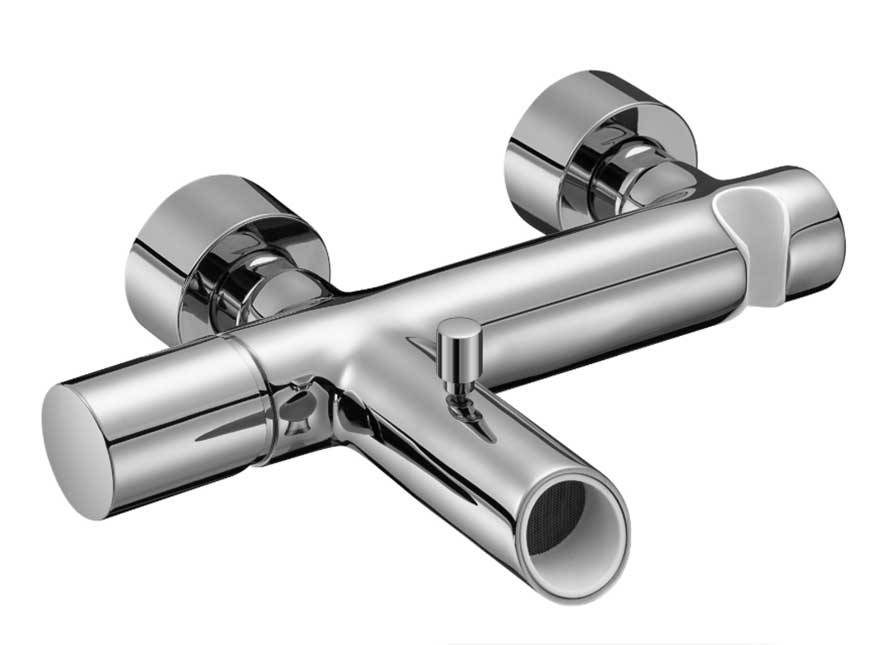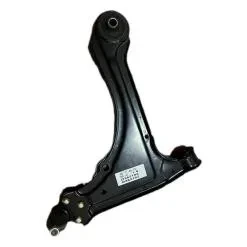
-
 Afrikaans
Afrikaans -
 Albanian
Albanian -
 Amharic
Amharic -
 Arabic
Arabic -
 Armenian
Armenian -
 Azerbaijani
Azerbaijani -
 Basque
Basque -
 Belarusian
Belarusian -
 Bengali
Bengali -
 Bosnian
Bosnian -
 Bulgarian
Bulgarian -
 Catalan
Catalan -
 Cebuano
Cebuano -
 Corsican
Corsican -
 Croatian
Croatian -
 Czech
Czech -
 Danish
Danish -
 Dutch
Dutch -
 English
English -
 Esperanto
Esperanto -
 Estonian
Estonian -
 Finnish
Finnish -
 French
French -
 Frisian
Frisian -
 Galician
Galician -
 Georgian
Georgian -
 German
German -
 Greek
Greek -
 Gujarati
Gujarati -
 Haitian Creole
Haitian Creole -
 hausa
hausa -
 hawaiian
hawaiian -
 Hebrew
Hebrew -
 Hindi
Hindi -
 Miao
Miao -
 Hungarian
Hungarian -
 Icelandic
Icelandic -
 igbo
igbo -
 Indonesian
Indonesian -
 irish
irish -
 Italian
Italian -
 Japanese
Japanese -
 Javanese
Javanese -
 Kannada
Kannada -
 kazakh
kazakh -
 Khmer
Khmer -
 Rwandese
Rwandese -
 Korean
Korean -
 Kurdish
Kurdish -
 Kyrgyz
Kyrgyz -
 Lao
Lao -
 Latin
Latin -
 Latvian
Latvian -
 Lithuanian
Lithuanian -
 Luxembourgish
Luxembourgish -
 Macedonian
Macedonian -
 Malgashi
Malgashi -
 Malay
Malay -
 Malayalam
Malayalam -
 Maltese
Maltese -
 Maori
Maori -
 Marathi
Marathi -
 Mongolian
Mongolian -
 Myanmar
Myanmar -
 Nepali
Nepali -
 Norwegian
Norwegian -
 Norwegian
Norwegian -
 Occitan
Occitan -
 Pashto
Pashto -
 Persian
Persian -
 Polish
Polish -
 Portuguese
Portuguese -
 Punjabi
Punjabi -
 Romanian
Romanian -
 Russian
Russian -
 Samoan
Samoan -
 Scottish Gaelic
Scottish Gaelic -
 Serbian
Serbian -
 Sesotho
Sesotho -
 Shona
Shona -
 Sindhi
Sindhi -
 Sinhala
Sinhala -
 Slovak
Slovak -
 Slovenian
Slovenian -
 Somali
Somali -
 Spanish
Spanish -
 Sundanese
Sundanese -
 Swahili
Swahili -
 Swedish
Swedish -
 Tagalog
Tagalog -
 Tajik
Tajik -
 Tamil
Tamil -
 Tatar
Tatar -
 Telugu
Telugu -
 Thai
Thai -
 Turkish
Turkish -
 Turkmen
Turkmen -
 Ukrainian
Ukrainian -
 Urdu
Urdu -
 Uighur
Uighur -
 Uzbek
Uzbek -
 Vietnamese
Vietnamese -
 Welsh
Welsh -
 Bantu
Bantu -
 Yiddish
Yiddish -
 Yoruba
Yoruba -
 Zulu
Zulu
Jan . 20, 2025 00:37
Back to list
changing lower control arm
Changing a lower control arm is a project that many vehicle owners may eventually face. The lower control arm is an essential component of your car’s suspension system, assisting not only in steering but also in maintaining proper wheel alignment and providing a smooth ride. Understanding when and how to replace it is crucial for maintaining vehicle safety and performance.
Authoritativeness in the Industry Mechanics and automotive experts concur on the importance of using quality replacement parts for optimal performance. Brands such as Moog, Dorman, and ACDelco are frequently recommended by industry professionals due to their reputation for durable and reliable components. Consulting a certified mechanic or an authoritative source such as the vehicle's service manual can provide specific torque settings and procedures for different car models. Authority is also established through resources like automotive forums and online tutorials that provide user testimonials and video demonstrations, offering step-by-step guidance. Trustworthiness in Execution Trust is established through thorough preparation and attention to detail. Before commencing the replacement, verify that the correct part number has been acquired and is compatible with the vehicle's make and model. Additionally, using the right tools, such as a torque wrench, ensures that the bolts are secured to the manufacturer’s specifications, safeguarding against the risks of under-tightening or over-tightening. It is advisable to conduct a test drive post-installation to ensure the vehicle handles correctly and any noise or alignment issues are addressed. The process of replacing a lower control arm might appear daunting at first, but with the right knowledge and preparation, it is achievable even at home. It is a testament to the value of experience and incremental learning in automotive maintenance. Embracing such DIY projects can also instill a greater confidence in car owners, empowering them to tackle further maintenance challenges. Always remember, if in doubt, consulting a professional mechanic can provide peace of mind and ensure the highest standards of safety and performance.


Authoritativeness in the Industry Mechanics and automotive experts concur on the importance of using quality replacement parts for optimal performance. Brands such as Moog, Dorman, and ACDelco are frequently recommended by industry professionals due to their reputation for durable and reliable components. Consulting a certified mechanic or an authoritative source such as the vehicle's service manual can provide specific torque settings and procedures for different car models. Authority is also established through resources like automotive forums and online tutorials that provide user testimonials and video demonstrations, offering step-by-step guidance. Trustworthiness in Execution Trust is established through thorough preparation and attention to detail. Before commencing the replacement, verify that the correct part number has been acquired and is compatible with the vehicle's make and model. Additionally, using the right tools, such as a torque wrench, ensures that the bolts are secured to the manufacturer’s specifications, safeguarding against the risks of under-tightening or over-tightening. It is advisable to conduct a test drive post-installation to ensure the vehicle handles correctly and any noise or alignment issues are addressed. The process of replacing a lower control arm might appear daunting at first, but with the right knowledge and preparation, it is achievable even at home. It is a testament to the value of experience and incremental learning in automotive maintenance. Embracing such DIY projects can also instill a greater confidence in car owners, empowering them to tackle further maintenance challenges. Always remember, if in doubt, consulting a professional mechanic can provide peace of mind and ensure the highest standards of safety and performance.
Latest news
Understanding the Broken Control Arm: Key Insights for Car Owners
NewsJun.20,2025
The Essential Guide to Control Arms for Cars
NewsJun.20,2025
Discover Quality Control Arms for Your Vehicle
NewsJun.20,2025
Control Arm: Enhance Your Vehicle's Performance with Quality Parts
NewsJun.20,2025
Billet Control Arms: Elevating Your Suspension System
NewsJun.20,2025
Bent Control Arm: Understanding the Importance and Cost Implications
NewsJun.20,2025
-

 English
English
 Afrikaans
Afrikaans
 Albanian
Albanian
 Amharic
Amharic
 Arabic
Arabic
 Armenian
Armenian
 Azerbaijani
Azerbaijani
 Basque
Basque
 Belarusian
Belarusian
 Bengali
Bengali
 Bosnian
Bosnian
 Bulgarian
Bulgarian
 Catalan
Catalan
 Cebuano
Cebuano
 Corsican
Corsican
 Croatian
Croatian
 Czech
Czech
 Danish
Danish
 Dutch
Dutch
 Esperanto
Esperanto
 Estonian
Estonian
 Finnish
Finnish
 French
French
 Frisian
Frisian
 Galician
Galician
 Georgian
Georgian
 German
German
 Greek
Greek
 Gujarati
Gujarati
 Haitian Creole
Haitian Creole
 Hausa
Hausa
 Hawaiian
Hawaiian
 Hebrew
Hebrew
 Hindi
Hindi
 Miao
Miao
 Hungarian
Hungarian
 Icelandic
Icelandic
 Igbo
Igbo
 Indonesian
Indonesian
 Irish
Irish
 Italian
Italian
 Japanese
Japanese
 Javanese
Javanese
 Kannada
Kannada
 Kazakh
Kazakh
 Khmer
Khmer
 Rwandese
Rwandese
 Korean
Korean
 Kurdish
Kurdish
 Kyrgyz
Kyrgyz
 Lao
Lao
 Latin
Latin
 Latvian
Latvian
 Lithuanian
Lithuanian
 Luxembourgish
Luxembourgish
 Macedonian
Macedonian
 Malgashi
Malgashi
 Malay
Malay
 Malayalam
Malayalam
 Maltese
Maltese
 Maori
Maori
 Marathi
Marathi
 Mongolian
Mongolian
 Myanmar
Myanmar
 Nepali
Nepali
 Norwegian
Norwegian
 Norwegian
Norwegian
 Occitan
Occitan
 Pashto
Pashto
 Persian
Persian
 Polish
Polish
 Punjabi
Punjabi
 Romanian
Romanian
 Russian
Russian
 Samoan
Samoan
 Scottish Gaelic
Scottish Gaelic
 Serbian
Serbian
 Sesotho
Sesotho
 Shona
Shona
 Sindhi
Sindhi
 Sinhala
Sinhala
 Slovak
Slovak
 Slovenian
Slovenian
 Somali
Somali
 Spanish
Spanish
 Sundanese
Sundanese
 Swahili
Swahili
 Swedish
Swedish
 Tagalog
Tagalog
 Tajik
Tajik
 Tamil
Tamil
 Tatar
Tatar
 Telugu
Telugu
 Thai
Thai
 Turkish
Turkish
 Turkmen
Turkmen
 Ukrainian
Ukrainian
 Urdu
Urdu
 Uighur
Uighur
 Uzbek
Uzbek
 Vietnamese
Vietnamese
 Welsh
Welsh
 Bantu
Bantu
 Yiddish
Yiddish
 Yoruba
Yoruba
 Zulu
Zulu
 Portuguese
Portuguese






